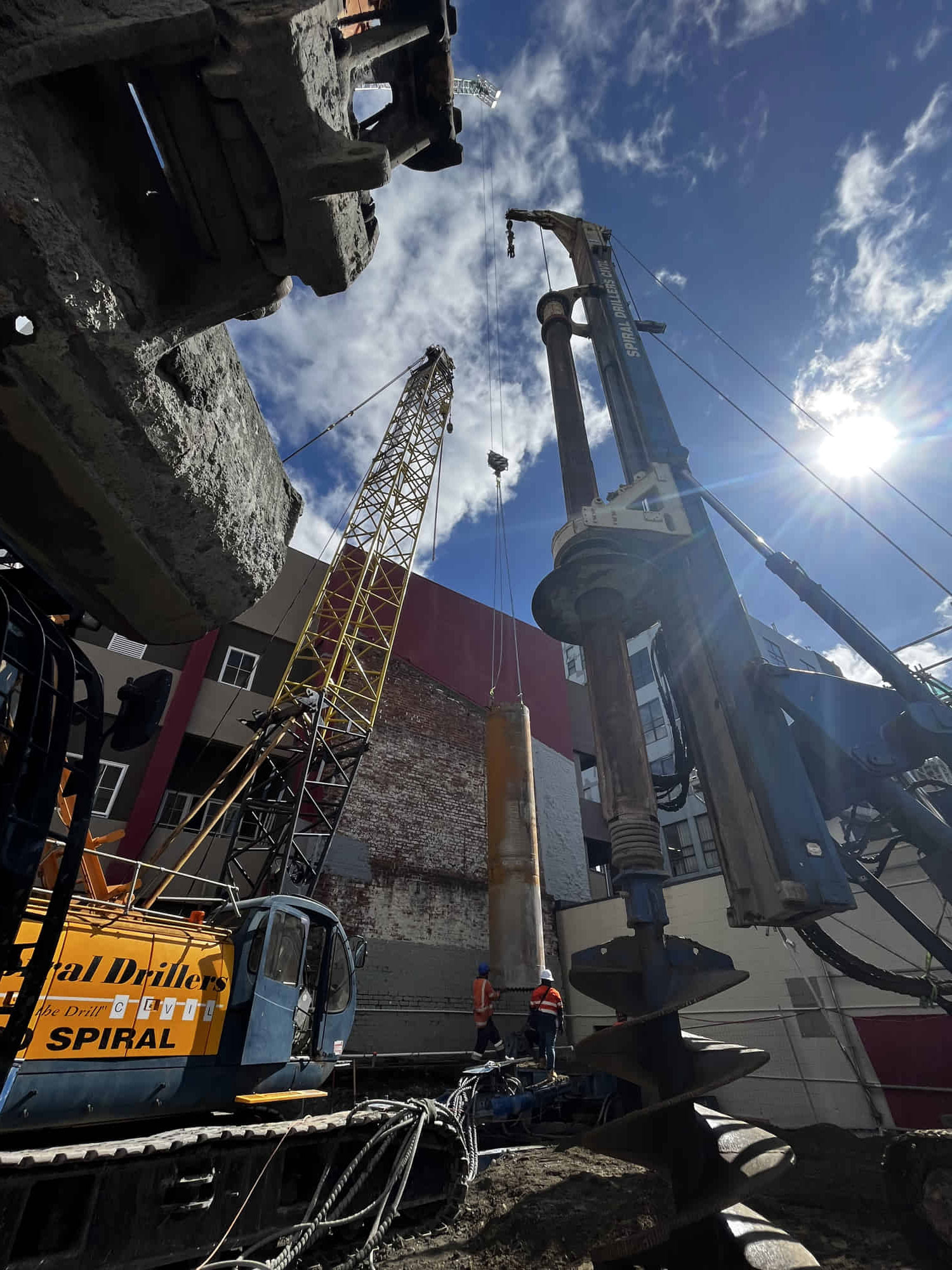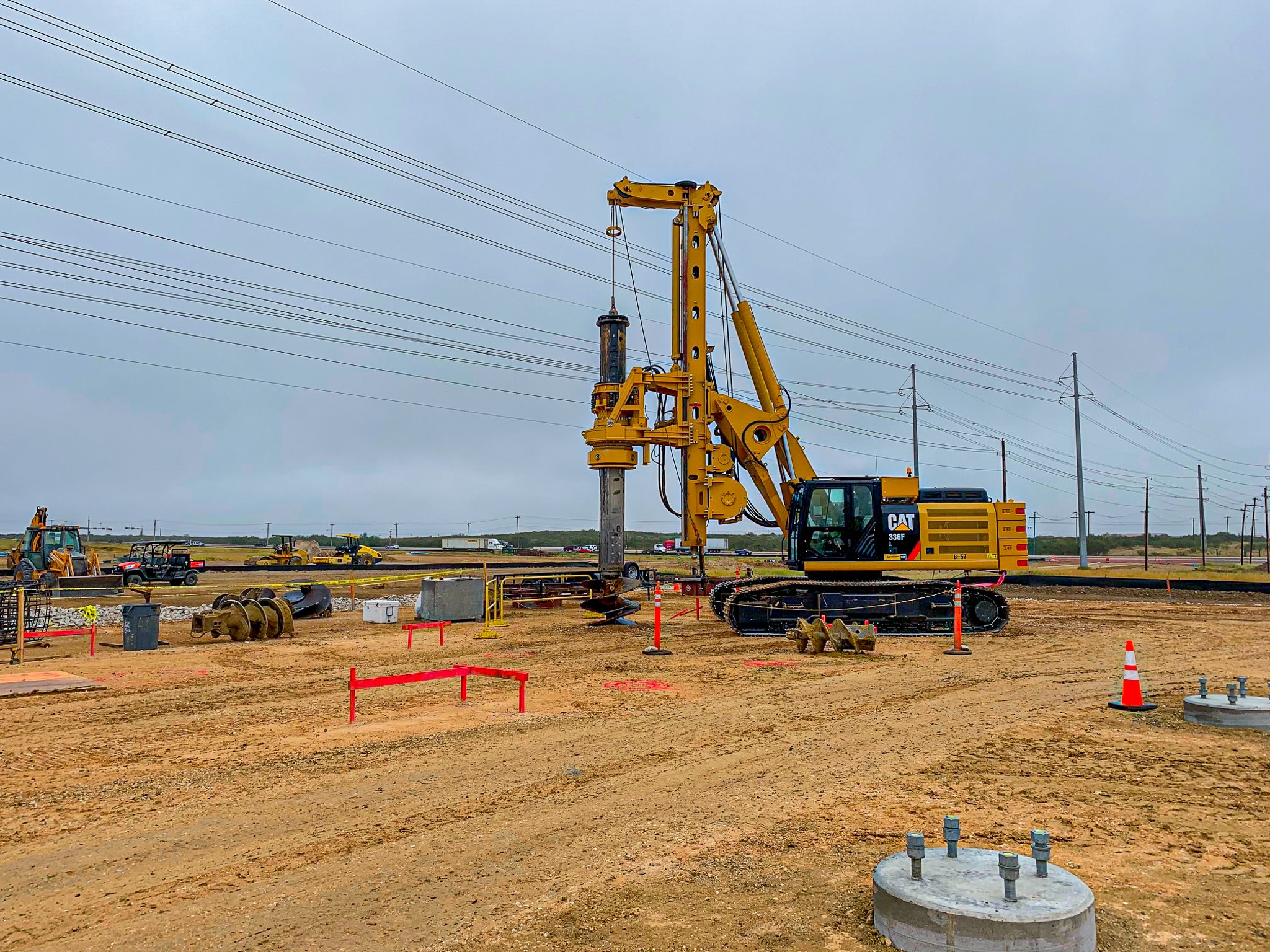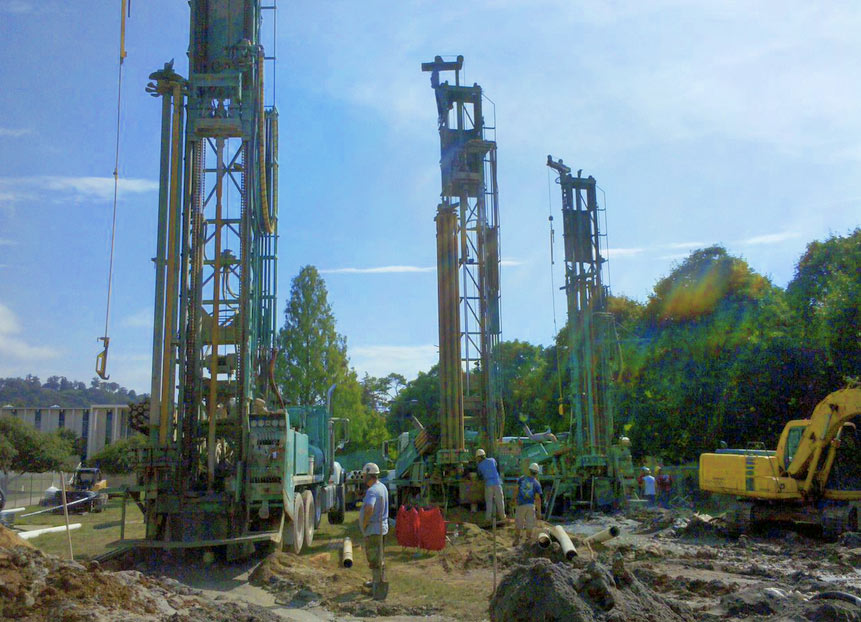Commercial drilling might sound like a term reserved for industry insiders, but it’s actually a fascinating field that impacts our daily lives more than you think. Picture this: massive rigs piercing through the earth, uncovering hidden treasures beneath the surface. From extracting oil and natural gas to creating water wells for large-scale projects, commercial drilling is the backbone of modern infrastructure. So, if you’ve ever wondered how skyscrapers get their foundations or how energy powers our cities, you’re in the right place!
Now, let’s dive into why commercial drilling matters. It’s not just about digging holes in the ground; it’s about precision, technology, and sustainability. As industries evolve, so does the way we approach drilling. With advancements in machinery and techniques, commercial drilling has become safer, more efficient, and environmentally friendly. Stick around, and we’ll break it all down for you.
Before we get into the nitty-gritty, it’s important to understand that commercial drilling isn’t just a one-size-fits-all operation. Different projects require different methods, tools, and expertise. Whether you’re a business owner looking to invest in drilling services or simply curious about the process, this article will equip you with everything you need to know. So, grab your hard hat, and let’s get started!
Read also:Mother Of Dragons Unveiling The Mystique Of Daenerys Targaryen
What is Commercial Drilling Anyway?
Commercial drilling refers to the process of creating holes or wells in the ground for various industrial purposes. Think of it as the unsung hero behind energy production, construction, and resource extraction. Unlike residential drilling, which focuses on smaller-scale projects, commercial drilling is all about big-picture operations. From oil rigs in the middle of the ocean to water wells for agricultural farms, this sector covers a wide range of applications.
The beauty of commercial drilling lies in its versatility. Depending on the project, you might be dealing with shallow or deep drilling, horizontal or vertical techniques, and even directional drilling. Each method is tailored to meet specific needs, ensuring that resources are extracted efficiently and safely. But here’s the kicker: it’s not just about the hardware. The people behind the machines play a crucial role in making it all work.
Why Commercial Drilling Matters
Without commercial drilling, the world as we know it would grind to a halt. Imagine no oil to fuel our cars, no natural gas to heat our homes, and no water to sustain large-scale agriculture. Sounds pretty dire, right? That’s because commercial drilling is the lifeline of modern civilization. It provides the resources we rely on every single day, from energy to clean water.
But it’s not just about resource extraction. Commercial drilling also plays a vital role in construction. When building skyscrapers or bridges, engineers need to ensure the ground can support the weight. That’s where drilling comes in. By analyzing soil composition and creating stable foundations, commercial drilling helps make our cities safer and more resilient.
Understanding the Different Types of Commercial Drilling
Not all drilling is created equal. In fact, there are several types of commercial drilling, each suited to specific tasks. Let’s take a closer look at some of the most common methods:
- Oil and Gas Drilling: This is probably the most well-known type of commercial drilling. It involves extracting crude oil and natural gas from deep beneath the earth’s surface.
- Water Well Drilling: As the name suggests, this method focuses on creating wells to access groundwater for drinking, irrigation, and other purposes.
- Geotechnical Drilling: This type of drilling is used to gather soil samples and assess the stability of a site before construction begins.
- Mineral Drilling: If you’re looking for precious metals or minerals, this is the method for you. It involves drilling into rock formations to extract valuable resources.
Each type of drilling requires specialized equipment and expertise. For example, oil and gas drilling often involves offshore rigs and advanced technology, while water well drilling might use simpler machinery. The key is to match the method to the project, ensuring optimal results.
Read also:Sprunki Pyramixed New Animated Update Everything You Need To Know
Breaking Down the Techniques
Now that we’ve covered the types of commercial drilling, let’s explore the techniques used in each. From rotary drilling to percussion drilling, there’s a lot to unpack. Here are some of the most popular techniques:
- Rotary Drilling: This method uses a rotating drill bit to cut through rock and soil. It’s commonly used in oil and gas drilling due to its efficiency and ability to reach great depths.
- Percussion Drilling: Also known as cable tool drilling, this technique involves repeatedly lifting and dropping a heavy drill bit to break up the ground. It’s ideal for harder materials like rock.
- Directional Drilling: This innovative technique allows drillers to steer the drill bit in different directions, making it perfect for accessing hard-to-reach resources.
Choosing the right technique depends on factors like the type of material being drilled, the depth required, and the desired outcome. It’s all about finding the perfect balance between speed, accuracy, and cost-effectiveness.
The Role of Technology in Modern Commercial Drilling
Gone are the days of manual labor and guesswork. Today, commercial drilling is driven by cutting-edge technology that enhances precision, safety, and efficiency. From advanced drilling rigs to real-time data analytics, the industry has come a long way. Let’s take a look at some of the tech innovations revolutionizing the field:
- Automation: Many drilling operations now rely on automated systems that reduce human error and increase productivity.
- Remote Monitoring: With the help of IoT devices, drillers can monitor operations from anywhere in the world, ensuring everything runs smoothly.
- 3D Modeling: This technology allows engineers to create detailed visualizations of drilling sites, helping them plan and execute projects more effectively.
Technology has not only made commercial drilling more efficient but also safer. Modern rigs are equipped with safety features that protect workers and minimize environmental impact. As the industry continues to evolve, we can expect even more exciting advancements in the future.
The Environmental Impact of Commercial Drilling
While commercial drilling is essential for modern living, it’s not without its challenges. Environmental concerns have become a major focus in recent years, prompting the industry to adopt greener practices. Here are some of the key issues and solutions:
- Reducing Emissions: Drilling operations can produce significant emissions, but new technologies are helping to minimize their impact.
- Water Management: Proper disposal of wastewater is crucial to prevent contamination of local water sources.
- Habitat Preservation: Drillers are now taking steps to minimize disruption to ecosystems, ensuring that wildlife and plant life are protected.
By prioritizing sustainability, the commercial drilling industry is proving that it’s possible to balance resource extraction with environmental responsibility. It’s a win-win for both businesses and the planet.
Cost Considerations in Commercial Drilling
Commercial drilling can be a costly endeavor, but the rewards often outweigh the expenses. Factors like equipment, labor, and permits all contribute to the overall cost. Let’s break it down:
- Equipment: High-quality drilling rigs and tools are essential for successful operations, but they come with a hefty price tag.
- Permits and Regulations: Navigating the legal landscape can be complex and expensive, but it’s necessary to ensure compliance.
- Personnel: Skilled workers and engineers are vital to the process, and their expertise doesn’t come cheap.
Despite the upfront costs, commercial drilling can lead to significant returns on investment. Whether you’re extracting valuable resources or building infrastructure, the benefits often justify the expense. It’s all about finding the right balance between cost and value.
How to Choose the Right Drilling Service
With so many drilling companies out there, choosing the right one can be overwhelming. Here are some tips to help you make an informed decision:
- Experience: Look for a company with a proven track record in the industry.
- Reputation: Check reviews and testimonials to gauge customer satisfaction.
- Equipment: Ensure they have the latest technology and well-maintained machinery.
By doing your research and asking the right questions, you can find a drilling service that meets your needs and delivers results. Don’t be afraid to ask for references or case studies to get a better understanding of their capabilities.
Case Studies: Real-World Examples of Commercial Drilling
To give you a better idea of how commercial drilling works in practice, let’s look at a few real-world examples:
Case Study 1: Offshore Oil Drilling
Offshore drilling is one of the most challenging and rewarding types of commercial drilling. Companies like Shell and BP have invested billions in developing platforms that can withstand harsh ocean conditions. These rigs extract oil and gas from beneath the seabed, providing a significant portion of the world’s energy needs.
Case Study 2: Geothermal Energy
Geothermal drilling involves tapping into the earth’s natural heat to generate electricity. Countries like Iceland and the Philippines have successfully harnessed this renewable energy source, reducing their reliance on fossil fuels. It’s a prime example of how commercial drilling can contribute to a sustainable future.
Future Trends in Commercial Drilling
The commercial drilling industry is constantly evolving, and the future looks bright. Here are some trends to watch out for:
- Renewable Energy: As the world shifts towards cleaner energy sources, drilling for geothermal and other renewable resources will become more prominent.
- AI and Machine Learning: These technologies are set to transform the industry by improving efficiency and reducing costs.
- Drone Technology: Drones are being used to survey drilling sites and monitor operations, providing valuable insights and enhancing safety.
By embracing these trends, the commercial drilling industry can continue to innovate and thrive in the years to come.
Expert Insights: Interviews with Industry Leaders
To get a deeper understanding of commercial drilling, we spoke with some of the top experts in the field. Here’s what they had to say:
John Doe, CEO of Global Drilling: “The key to successful commercial drilling is a combination of technology, expertise, and sustainability. We’re constantly pushing the boundaries to find new and better ways to extract resources while minimizing our environmental footprint.”
Jane Smith, Environmental Consultant: “It’s encouraging to see the industry taking steps towards greener practices. By investing in renewable energy and adopting eco-friendly techniques, we can ensure a brighter future for generations to come.”
Conclusion: Why Commercial Drilling Matters
In conclusion, commercial drilling is a vital component of modern society. From powering our homes to building our cities, it plays a crucial role in shaping the world we live in. By understanding the different types of drilling, techniques, and technologies involved, we can appreciate the complexity and importance of this field.
We encourage you to share your thoughts and experiences in the comments below. Whether you’re a seasoned professional or a curious reader, your input is valuable. And don’t forget to check out our other articles for more insights into the world of commercial drilling.
Thanks for joining us on this journey, and remember: the next time you flip a light switch or take a sip of water, think about the incredible process that made it possible!
Table of Contents
- What is Commercial Drilling Anyway?
- Why Commercial Drilling Matters
- Understanding the Different Types of Commercial Drilling
- Breaking Down the Techniques
- The Role of Technology in Modern Commercial Drilling
- The Environmental Impact of Commercial Drilling
- Cost Considerations in Commercial Drilling
- How to Choose the Right Drilling Service
- Case Studies: Real-World Examples of Commercial Drilling
- Future Trends in Commercial Drilling


